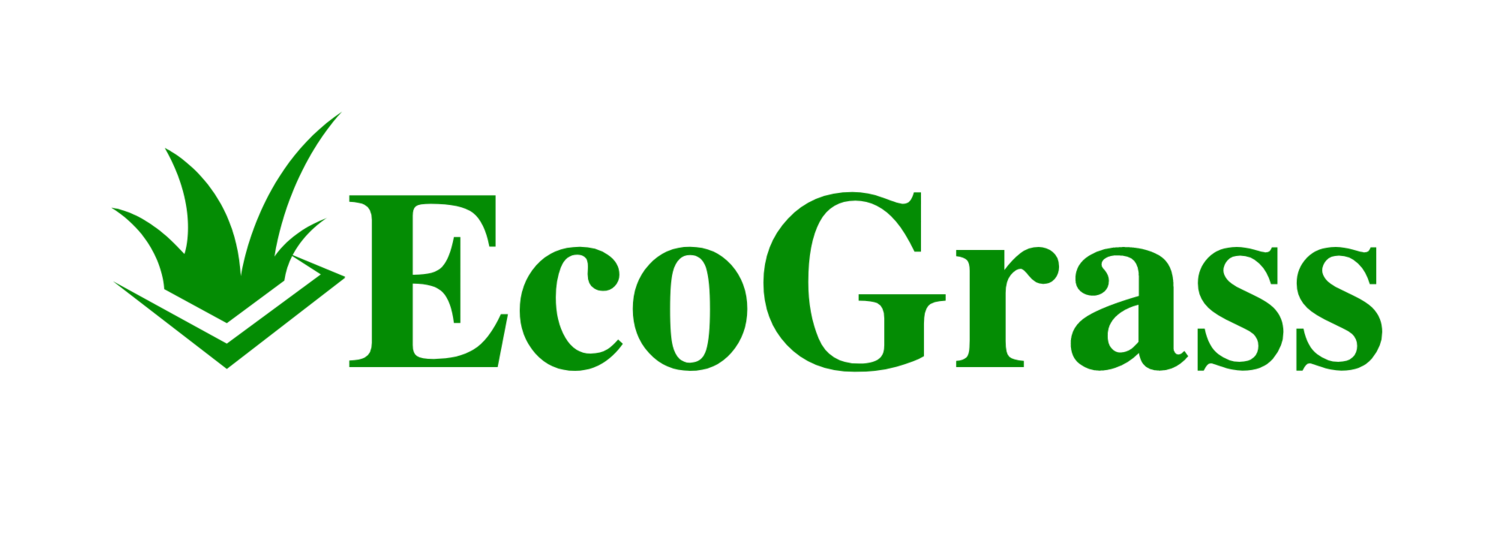Creating the perfect home gym starts with choosing the right flooring. If you’re exploring artificial turf for your workout space, you’re making a smart move. Artificial turf is not only durable but also versatile, making it an excellent choice for various types of exercises. Whether you’re into weightlifting, HIIT, or yoga, here are some tips to help you select and maintain the best artificial turf for your home gym flooring.
Why Choose Artificial Turf for Home Gyms?
Artificial turf provides several benefits for indoor workout spaces:
Durability: Designed to withstand heavy use, artificial turf can handle the wear and tear of intense workouts and heavy gym equipment.
Versatility: Ideal for functional fitness, stretching, or sled pushes, it’s a surface that supports multiple workout styles.
Shock Absorption: Offers cushioning for joints during high-impact exercises, reducing the risk of injury.
Low Maintenance: Requires minimal upkeep compared to traditional gym flooring like rubber or carpet.
Choosing the Right Artificial Turf for Home Gym Flooring
When selecting artificial turf for your home gym, consider the following factors:
1. Pile Height
The pile height refers to the length of the grass blades on the turf. For home gyms, a shorter pile height (0.5 to 1 inch) is ideal as it provides a stable surface for exercises and equipment.
2. Backing Material
Choose turf with a durable backing that can withstand the weight of gym equipment. Urethane or rubber backings are excellent options as they offer flexibility and durability.
3. Infill Type
Infill adds weight and stability to the turf. Rubber infill is common for gym flooring because it enhances shock absorption and provides a non-slip surface.
4. Traction and Grip
A good turf should offer enough grip to prevent slipping during exercises. Check for anti-slip features to ensure safety during workouts.
5. Installation Method
Decide whether you prefer a temporary setup with turf rolls or a permanent installation using adhesive. Turf rolls are easy to install and remove, making them suitable for renters.
Maintenance Tips for Artificial Turf in Home Gyms
Keeping your turf clean and functional is simple with these maintenance tips:
Vacuum Regularly: Remove dust, dirt, and debris to maintain a clean workout environment.
Spot Clean Spills: Use a mild detergent and water to clean any sweat or spills.
Check for Wear: Periodically inspect the turf for signs of damage and replace worn sections if needed.
Avoid Sharp Objects: Prevent damage by keeping sharp items like cleats or weights with jagged edges away from the turf.
Enhancing Your Home Gym with Artificial Turf
Maximize your home gym’s potential by incorporating artificial turf into your workout space:
Create Zones: Use turf to designate specific workout areas, such as a stretch zone or a sled track.
Layer for Impact: Place rubber mats underneath the turf for added cushioning.
Customize with Colors: Add a personal touch by selecting turf in different colors or with pre-marked lines for specific exercises.
Conclusion: Elevate Your Workout with Artificial Turf
Artificial turf is a game-changer for home gym flooring. With its durability, low maintenance, and versatility, it offers a top-notch workout experience for fitness enthusiasts of all levels. By choosing the right turf and following simple maintenance tips, you’ll create a safe and effective workout environment that inspires your fitness journey.

